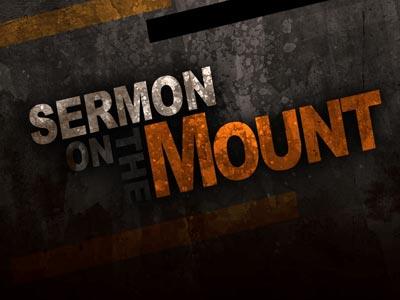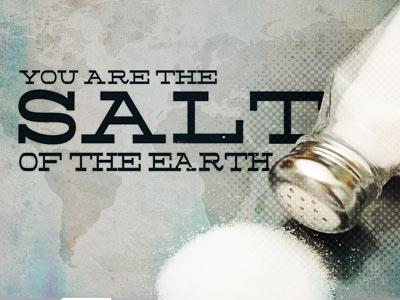-
"Achieving Perfection" Series
Contributed by Clark Tanner on Nov 28, 2017 (message contributor)
Summary: Sermon #11 in a study in the Sermon on the Mount
In the previous two sermons we have handled verses twenty and twenty one, if not thoroughly, I hope at least sufficiently to stress to the hearer and reader that what we have before us is a faithful record of the Lord of the universe, the one who spoke all things into existence, the one who has absolute right and reign over His creation, making some outlandish demands and declaring His own authority to do so.
He places Himself in a position to refute the most influential teachers and religious authorities of the day by saying ‘you have heard…but I say to you’, and this is prefaced by His assertion that if we have any hope at all of ever seeing Heaven, it will only be as a result of our righteousness exceeding that of some of the most tenaciously and faithfully religious people in all of history.
Now the reason I open with these statements and bring these, verses 20 and 21 back into the picture at this juncture, is because they constitute the front bracket, so to speak containing a section for which the closing bracket is equally if not even more outlandish to our human ears and minds.
He tells us as the ultimate authority on Heaven and heavenly things that our righteousness must be above any that men have demonstrated in the course of their religious practices and daily lives, and ends it with the shocking command to “…be perfect, as your heavenly Father is perfect”.
My final offering to you in explaining why I begin this way and why I call these verses, 20 and 48 ‘brackets’ (even though they are not presented as such in the narrative), is that verse 48 begins with the word, ‘therefore’, indicating that the things Jesus has said between verse 22 and 47 are meant to teach us what sort of life and behavior ought to mark our paths in this world as opposed to the thin veneer of religiosity that the Scribes and Pharisees have fostered upon us and demonstrated for us as though they were the final authority in these things.
When I began to ponder my approach to these verses and how I would present them I was reminded of a short film I saw years ago that demonstrated the techniques Walt Disney used to animate his first full length picture, “Snow White and the Seven Dwarves”.
Wanting to improve on the two dimensional nature of cartoons, he had his artists draw the background on one sheet of the clear plastic they were using, then the characters and other objects on another sheet laid over the top of that, then the foreground, such as trees and shrubbery on another sheet, laid over the top of the others.
That is not a technical description of how it was done, by any means, but I’m sure you get the idea. When they were done and the pictures were put to film the animation had a 3d look so it actually seemed that the characters were passing between trees and behind buildings; that they were in front of one another or behind one another and so forth.
I remembered that documentary I saw years ago as I began to think this sermon through, because it seems that is what Jesus was doing.
Putting down one layer; one part of the picture, then coming and laying down another one over that, like transparencies on an overhead projector, until in the end He has the whole picture as He intends for it to be viewed.
So that is how I want to cover this portion of Matthew 5. First a brief overview, then a sharpened focus, going over each part to be clear on Biblical teaching concerning these various issues, then a wide shot, taking in the whole picture and seeing the end result.
OVERVIEW
First then a brief overview; and this is the part that will most overlap with the previous sermon, which I mentioned would happen.
In this portion we have the six-time repeated words, ‘you have heard, but I say to you’.
In brief, the spirit of the Law is more important than the letter of the Law.
Jesus wanted His hearers to have their eyes opened to the legalism of the Pharisees, which comes up far short of righteousness. In fact, the more legalistic it gets, the farther it gets from true righteousness.
Some years ago, how long I can’t remember now, there was an article in the newspaper one Sunday that talked about modern day orthodox Judaism.
It was an interesting article because it first explained why the Jews do not work on the Sabbath and how over time they have diligently constructed ways to avoid breaking that rule.
One example given was that one Jewish man had invented a way to hook up appliances in the home, and also the lighting, in such a way that they would go on and off at preset times during the Sabbath, turning lights on and off, cooking meals and so forth, so that no human hand would have to be employed in the accomplishment of those things on the day set apart for the Lord.

 Sermon Central
Sermon Central



